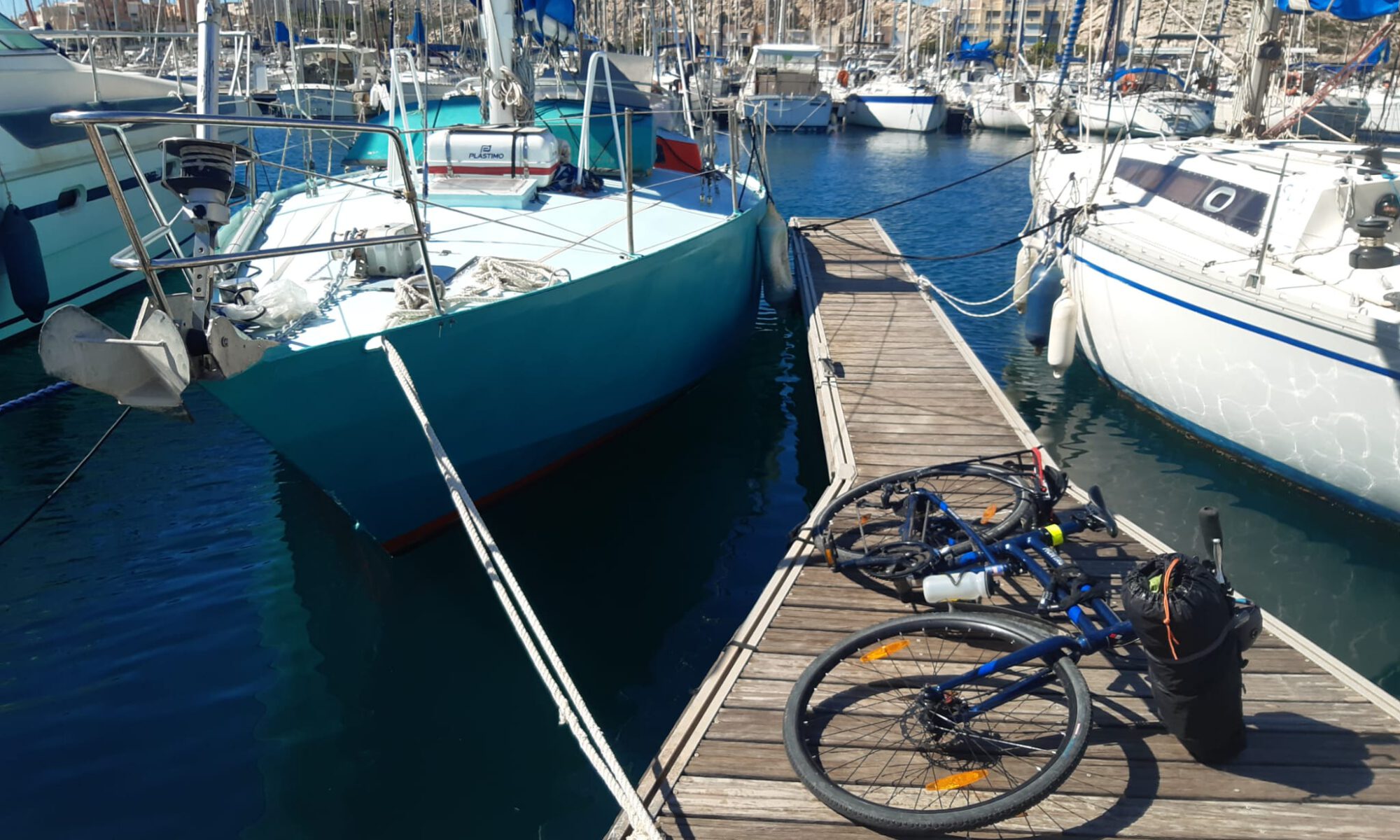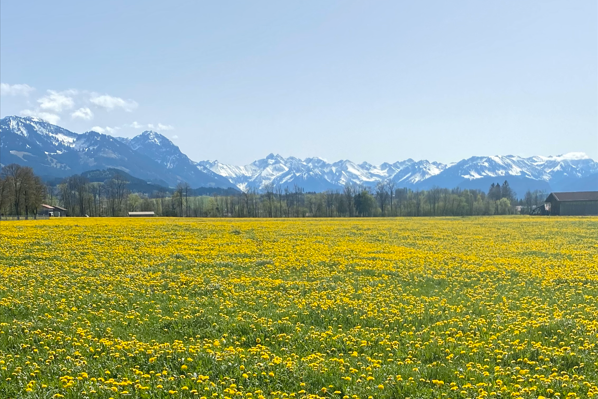Meteora is truly a magical place, one feels like being in another planet or in a Miyazaki movie. Multi-pitches routes go up some of the black conglomerate pillars. The views are fantastic from the summits, you can see monasteries on top of other pillars, and you can write your name in small books 😊 Meteora has the reputation to be quite airy when it comes to the bolting of the routes. It is true, but maybe less than what we expected: the routes we selected did not feel too bad regarding this aspect. I would recommend the routes “Corner of Madness” (some trad gear is needed though), and “Egg Dance” with a committing split/jump at the top (which can be aided).
Climbing trip to Bohuslän (Sweden) by train and bike
Bohuslän, the Swedish Mecca of trad climbing, boasts the best granite between Lofoten and Chamonix, and is conveniently located right in the middle of these two. The Bohuslän crags range from beginnner-friendly to some of the hardest lines in Scandinavia. The crags are densely distributed throughout the region, which is easily reached by train. Bus transport is sparse and infrequent, so bringing a bike makes the trip a lot easier.
Climbing trip to Allgäu (Germany) by train and bike
Nestled in the Bavarian Alps, the Allgäu offers climbers a playground, with routes ranging from beginner-friendly to challenging. Everyone can test their skills while soaking in the region’s serene beauty. As public transport is not the best in the region, it is a great place to go climbing by bike.
Climbing trip to Ceüse (France) by train and bike
Ceüse is a legendary cliff in the southern French alps. Known all over the world for it’s perfect limestone, you can find more than 600 routs from 5a to 9b+. In summer you can climb just when the cliff get the shade, at about 2pm, the part that gets in the shade has grade from 6a to 9. The easier roots (5a and 6b) are more on the south/west and are more convenient in spring or autumn.
Multi-Pitch climbing trip to Bavella (Corsica – France) by bike and sailboat
Corsica is a very nice island to go climbing. The granit over there is really crazy and can take amazing shapes called « tafoni ». You can also find beautiful slabs or cracks. Bavella is the biggest equipped multipitch spot of the island.
Multipitch climbing trip to Riglos (Spain) by train
Los mallos de Riglos (Mallets of Riglos) are 300m red sandstone towers that seem to appear out of nowhere. When taking a closer look, they offer a very unique type of multipitch climbing with long sections of overhang on very good holds, a sharp contrast to more traditional slabby multipitch climbing. Located in the Aragon region of Spain and close to the Pyrenees, the town of Riglos is also very accessible by public transport thanks to a train station located on the Zarragoza-Canfranc train line. It is a trip I recommend for every climber to do at least once in their life.
Climbing trip to Calanques (France) by train and bike
I traveled from Lausanne to the south of France by train, then cycled along the Mediterranean coast. The scenery was absolutely stunning, and I climbed in the beautiful Calanques. It was a fantastic spot, with routes perfect for all skill levels, breathtaking climbs, and incredible views.
Climbing trip to Triest (Italy) by train and bus
For this new years eve, we travelled to the Karst in Trieste. A quick internet research promised well-secured routes, climbing areas close to the city and good food – what else could a climber dream of? Trieste has around 200,000 inhabitants and is characterised by its proximity to Slovenia, Croatia and Austria. During the Habsburg monarchy, Trieste was a Mediterranean harbour and a hub of the Austro-Hungarian economy, which can still be seen today in the imposing buildings from this period. The harbour is still the city’s major economic factor. So it’s no wonder that you can look directly out to the sea from the impressive Town Hall Square. More important for the climbers? The caffeine supply. Trieste is known for its coffee house culture, which is in no way inferior to that of Vienna. As you can see, there is enough cultural program for rest days.
Bouldering trip to Sundergrund (Austria) by public transport
Not only does the Zillertal have a lot to offer in terms of sport climbing, multi-pitch climbing and winter sports, there are also plenty of great boulder problems. Especially in the hot months, the bouldering areas in the higher altitudes, in the forests and directly by the river offer cool conditions. There are numerous spots both in the main valley and in the side valleys. The Sundergrund area is particularly idyllic, scattered across alpine meadows and right by the river with lovely swimming spots – both hardcore and beginners will find something here (FB 5a – 8b+, most boulders in the 6a – 6c range).
Climbing trip to Henningsvaer (Norway) by public transport (and bike)
Despite my dream to visit the Lofoten for a long time now, I have been tempered by the cost of getting there (carbon footprint wise). After a yearlong of adventuring by bike I felt ready to end my gap year on a high note and travel (solo and slowly) to this remote place. For the sake of simplicity for everyone, I will describe what I think – based on my experience going up and down – is the easiest and most direct way of getting to Lofoten. Although there are beautiful granite walls throughout the archipelago, most of the climbing is centred on Henningsvaer. There are numerous climbing possibilities along the road that winds down to the village, including short and long trad multi-pitch routes; bouldering and sport-climbing sea cliffs. Which makes it very practical for an ecopoint trip.










